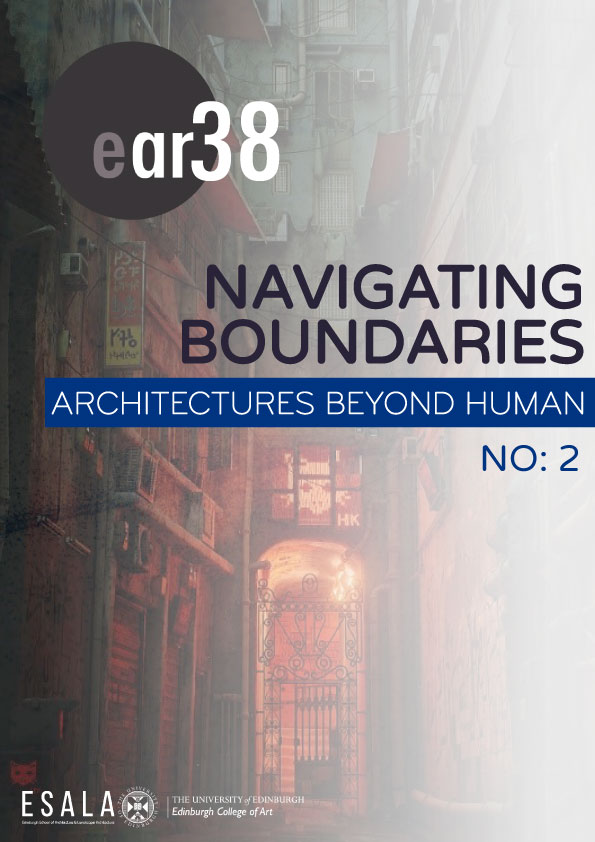The Architecture of the Video Game Stray (2022)
The Feline Quadruped Cyberpunk Player
Abstract
The twenty-first century was marked by emerging ways of space- and place-making. The architecture of the virtual environments of video games is one of the alternative practices in which the discipline of architecture got involved. This essay looks at the architecture and spatial storytelling in the videogame Stray (2022). The relevance of studying Stray does not lie only in the game’s enigmatic interiors, rigorous space-oriented narrative, unique patchwork of neon-soaked, post-apocalyptic labyrinthine spaces, or the cyberpunk Kowloon-like ghettoised urban environment in which the game takes place; Stray is an unprecedented case study as its gameplay is narrated through a non-human perspective: through the point of view of a cat accompanied by a small flying robot called B 12. This essay provides a critical review of the game and attempts to dissect how the spatial storytelling of its post/non-human architecture is orchestrated. Spatial puzzle mechanics, the fluctuation of the game between urban, architectural, and interior scales, and the role that platforms and vertical design techniques play are the subjects of the article. The challenges of the interaction of a game character with four legs with spatial elements, video game placemaking, and spatial design of fetch quests are other topics that the essay will look into. The article is supported by comments from an unpublished interview with Viv (one of the developers of the game) and a series of detailed analytical drawings from the reconstruction of the game environments by the authors.

This work is licensed under a Creative Commons Attribution-NonCommercial-NoDerivatives 4.0 International License.


